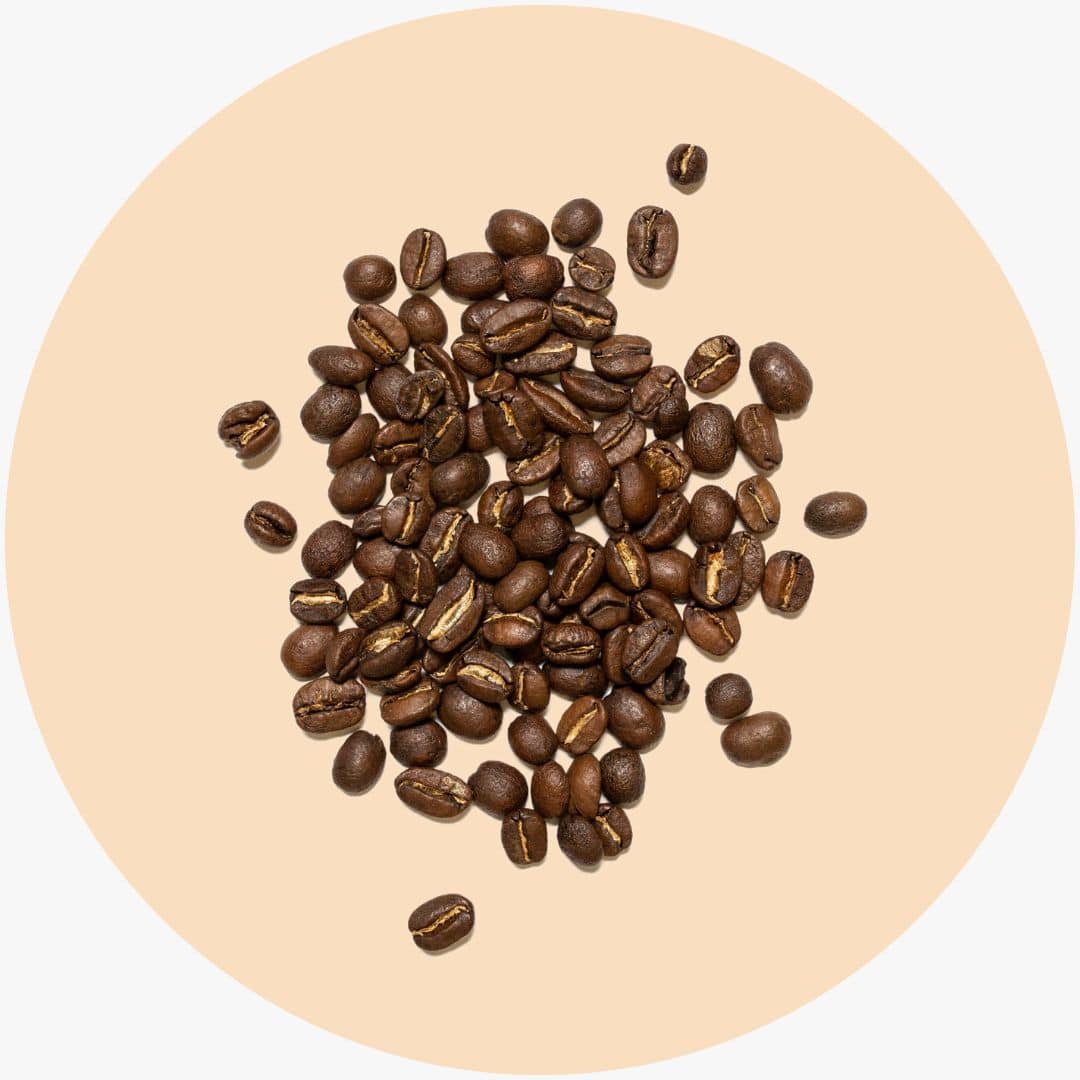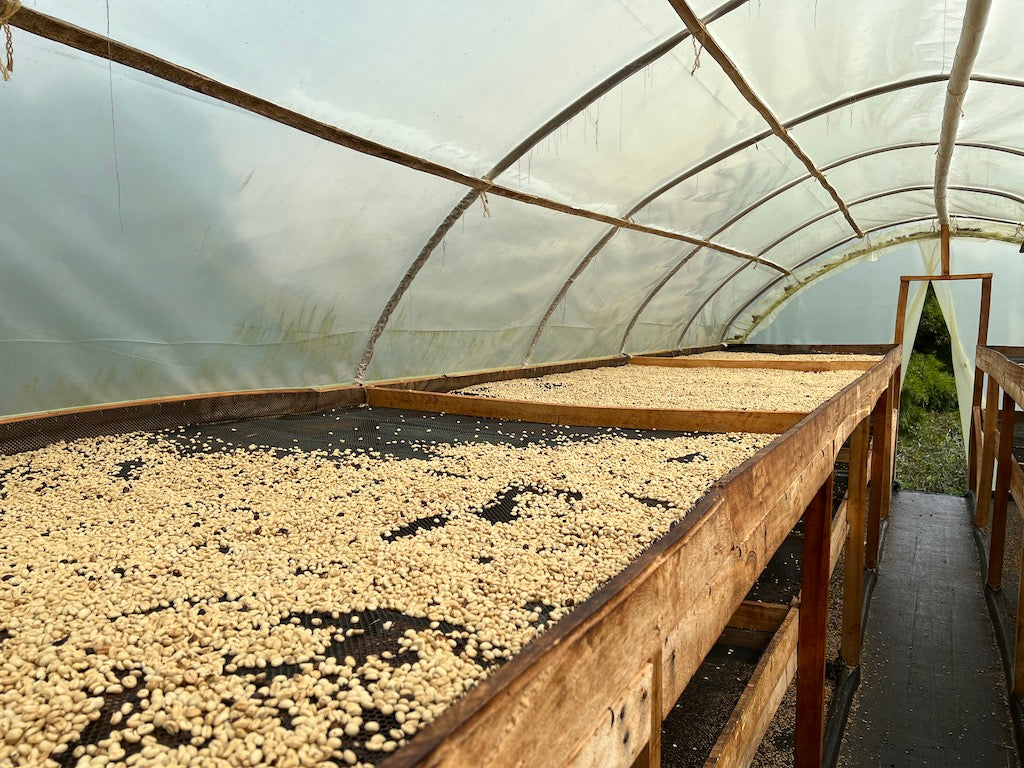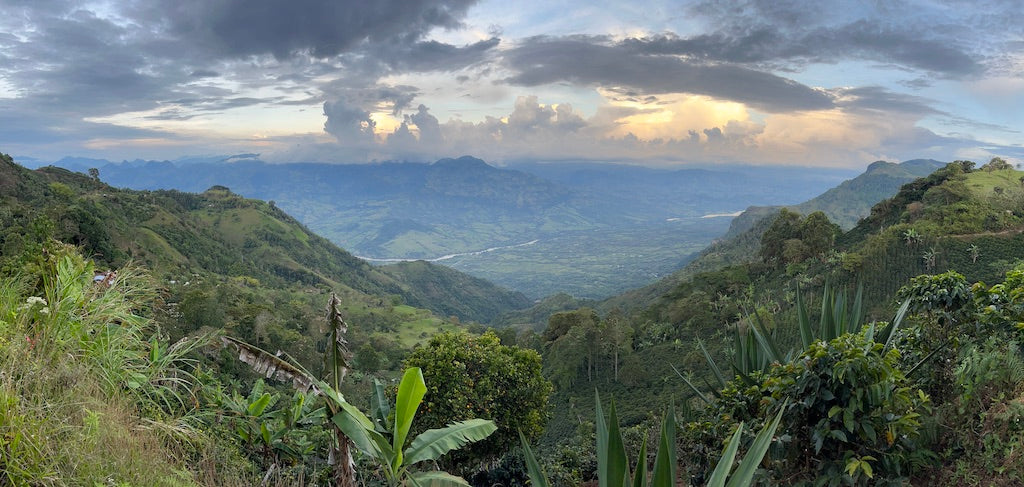The Ultimate Guide to Specialty Coffee: Everything You Need to Know

According to a 1998 article for the Specialty Coffee Chronicle, the term “specialty coffee” was first coined in 1978 to describe coffees grown in special geographic microclimates that produce coffee beans with unique flavour profiles. Today, the Coffee Quality Institute (CQI) defines specialty coffee as coffee that scores 80 or more points (using a calibrated system of scoring that measures qualities such as taste, aroma, and mouthfeel, by licensed professionals in the coffee industry known as Q Graders) and contains zero primary defects, and not more than 5 secondary defects, per 350 g sample. The reason why such specific guidelines exist today is because specialty grade coffee is valued much higher than commodity grade coffee.

Specialty Grade Versus Commodity Grade
When we refer to “commodity” grade coffee, we are referring to coffee that is mass-produced and consolidated to be sold on an industrial scale, not unlike commodity sugar or salt. When you walk into your local grocery store and pick up a bag of sugar, you are unlikely to see where that sugar originated from or any other unique attributes that would set it apart from any other sugar. Similarly, if you were to pick up a generic bag of coffee from the same store, you would also be unlikely to find any information on where the coffee originated or any other unique attributes, other than perhaps the roast (e.g., Dark or Medium).
Commodity coffees are not traceable. They are generally about quantity and cost versus quality, and so they are harvested en masse, often using machines, processed in the most economical method possible, and consolidated at large scale mills and distribution centres. As coffees harvested this way generally do not have any unique qualities, and will in fact generally have negative qualities resulting from the inclusion of unripe/overripe coffee cherries and issues during processing/drying, these coffees will typically be roasted much darker so as to mask any potential off-flavours and/or negative aromas. As the goal is to acquire the largest possible volume at the lowest possible cost, producers will also generally receive the lowest compensation for such coffee, which in some cases can barely provide enough income for daily sustenance.
In contrast, specialty grade coffee emphasizes quality over quantity. As coffee cherries ripen at different times (even on the same branch), specialty coffee requires ripe cherries to be handpicked over several weeks or months during the harvest period. These cherries are then carefully sorted and processed through a variety of techniques, which highlight different flavours and aromas.

Processing Techniques
We are living in exciting times when it comes to coffee processing techniques. Producers of specialty coffee are constantly innovating and exploring new ways of processing coffees to create new flavours and aromas, while lessening any attributes that may be perceived as negative. While the field is expanding, below are three of the most common methods of processing, including information on how these different techniques can impact qualities such as sweetness, aroma, mouthfeel.
Washed Coffees
The most common processing technique is “washed”. Washed coffees are those in which the fruit of the coffee cherry is removed (depulped), and after a brief period of fermentation (typically less than 24 hours), the coffee is washed with water to remove any floating (over fermented or improperly developed) beans and then laid out on patios or drying beds to dry to a moisture level of between 10-12%, before being milled and later shipped to its final destination.
The washed method involves the least amount of processing, and therefore is said to highlight the unique attributes of the bean (terroir, variety) the best. However, the washed method is not always possible, as it requires access to a steady source of clean water.
Natural Processed Coffees
The natural or “dry” process is the oldest method and originates from Ethiopia. The natural method involves leaving the fruit intact on the beans throughout the drying process, until the ideal moisture level is achieved, and then removing the dried fruit and skin afterwards.
Because the fruit remains on the bean, flavours and aromas from the fruit itself get absorbed into the bean during the fermentation and drying process, which can result in coffees with sweeter, fruitier flavours/aromas, and often greater body. However, it also carries risks, as improper drying can result in cherries going bad with the fruit either rotting or developing mould, which could result in negative flavours or even ruin an entire lot. As a result, great skill and technique is needed to ensure consistency.
Honey Processed Coffees
The honey process was developed in Latin America and can be seen as almost a hybrid of washed and natural, in that the beans are partially depulped, leaving some of the fruit on the beans to get the best of both worlds. Honey processed coffees, which gets its name from how sticky the beans are during processing and how they can have the appearance of being covered in honey, can result in fruity flavours that are less pronounced than natural coffees as well as a more rounded acidity, intense sweetness and complex mouthfeel, when compared to washed coffees.
There are even subcategories of honey processing, including white, yellow, golden, red, and black, all of which are an indication of how much of the fruit is left on the beans during the processing period, and provide an indication of how pronounced the impact from the fruit will be on the final cup. Typically, the more mucilage left on the bean, the sweeter the taste.

Origin, Terroir, and Variety
In addition to careful harvesting and processing techniques, the flavours and aromas we observe in coffee can also be impacted by things like the origin, terroir, and variety. Each of these could be an article in themselves, but below is a brief summary of each and how they can impact what you smell and taste when preparing a cup of specialty coffee.
Origin
The origin of a coffee is often more important as a means of understanding where the coffee came from than what the coffee will taste like. Although in the past, certain assumptions could be made as it was common for producers in the same region to grow the same types of coffee, under similar conditions, and process the coffees in similar ways, this is becoming less and less common in specialty coffee. Two producers can be neighbours, and on one side of the fence be producing washed coffees of the castillo variety (a variety that was developed in Colombia) and on the other a natural processed gesha variety (a unique variety originating from Ethiopia). Despite being grown in the same region under similar conditions, the qualities of these coffees will be very different.
Furthermore, when the term “single origin” is used, it can refer to coffee from a single country, region, farm, or even lot, as there are no rules on how the term is used. As such, the origin of a coffee can be used to make certain assumptions about how the coffee “may” taste based on the most common conditions, but is often more helpful to ensure traceability. Do we know where the coffee came from? Do we know how the producer or cooperative was compensated for the coffee? Origins indicate traceability, which is important if we want to know where the coffee we are purchasing came from, in order to make informed purchasing decisions.
Terroir
Similar to wine, terroir refers to any of the conditions under which the coffee was grown (e.g., the soil, the amount of rainfall, the amount of sunlight, etc.). For example, Kenyan coffees can often have higher levels of phosphoric acid owing to the high level of minerals contained in its rich volcanic soil. That being said, while terroir can influence the final cup, factors such as variety and processing will often have a more pronounced effect.
Variety
You will often see variety listed on our bags of coffee, as this is a variable we do feel can have a pronounced impact on what we perceive in the coffee when we roast and prepare it. There are many varieties of coffee, and even multiple species (e.g., robusta). Specialty coffee, by its very definition, tends to be of the arabica species, and within that species, there are many varieties (e.g., bourbon, typica, gesha, etc.). These varieties are capable of producing all kinds of flavours and aromas, from fruity and floral to earthy and citric.
Final Thoughts
As you can see, there is a lot to specialty coffee that you simply wouldn’t be aware of when purchasing generic commodity grade coffee. Specialty coffee can introduce you to a world of flavours and aromas you never would have expected, all of which are impacted by things such as the origin, processing, terroir, and variety. It is our job as coffee roasters to try to highlight those unique attributes as best we can, so you (and we) can enjoy everything coffee has to offer. Cheers!





